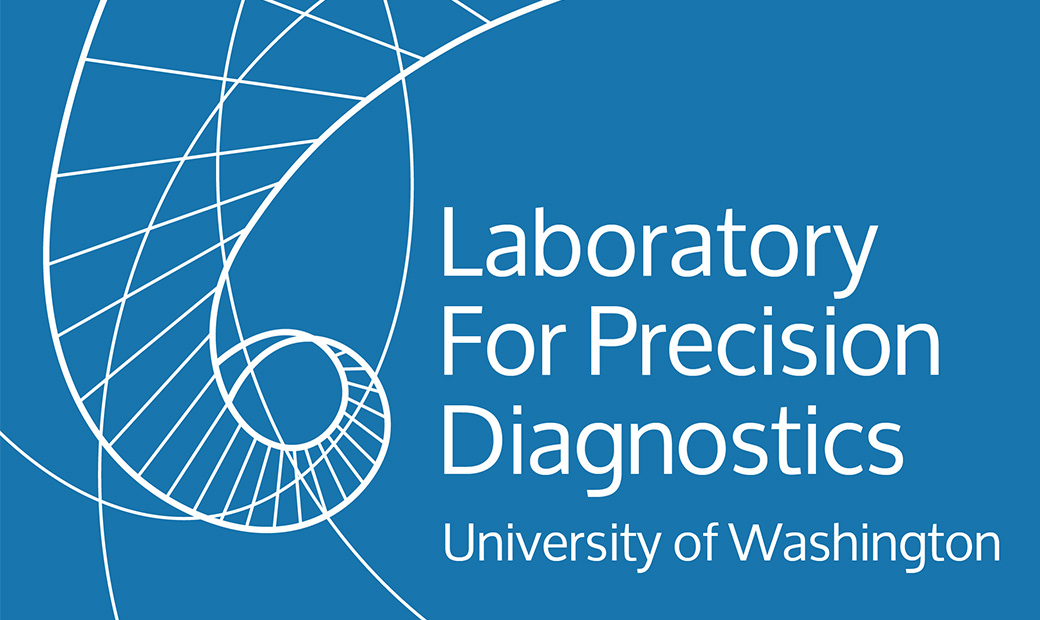Genes
Selected genes
Test Guide
Cardiac Arrhythmia exome panel testing includes more than 50 genes that have been identified to be responsible for disorders in which arrhythmia is a noted feature:
Cardiac Arrhythmia Panel Gene List
The disease phenotypes include Brugada syndrome, Familial atrial fibrillation, long QT, and arrhythmogenic right ventricular dysplasia among others. Cardiac Arrhythmia exome panel testing is the most cost-efficient and precise approach to diagnostic testing as there is overlap between phenotypes and the lack of characteristic “other” features in many instances. Study of the panel genes from the DNA of a single individual allows us to focus on variants reported as pathogenic in the past, on those with a very low population frequency, with nucleotide conservation across species and with likely pathogenic consequence. When variants of unknown significance are identified by panel testing, DNA is requested from first degree relatives to interrogate the significance of the variant. There is no charge for added studies used to aid in interpretation of a sequence change found in the index case.
Reflex to Exome Sequencing: If a causative or potentially causative variant is not identified by this exome panel test it is possible to order a REFLEX clinical exome. The full exome sequence will be analyzed as is done for our Clinical Exome Sequencing test using the data obtained from the exome panel test. Submission of parental samples, and or other family members may be needed to assist in the interpretation of sequence variants. Order REFLEX to EXOME SEQUENCING.
Methodology
Next generation DNA sequencing is performed to identify nucleotide variants in the coding portion of the genome. >99% of the coding regions and the canonical splice sites are sequenced to a read coverage of greater than 20X and compared to the human reference genome. Variants are assessed for pathogenicity using available information from the following databases (ClinVar, HGMD, 1000 Genomes, Parkinson’s Disease Mutation Database, dbSNP and EXAC), published literature, clinical correlation, segregation analysis, functional studies and predicted functional or splicing impact using evolutionary conservation analysis and computational tools.
Procedure: Genomic DNA was extracted from blood using standard procedures. A library of DNA fragments was constructed and enriched for protein and RNA coding portions of the human genome using the Exome v1.0 (Integrated DNA Technologies) capture system. Paired-end sequencing of the enriched library was performed using rapid run v2.0 (Illumina) chemistry on a HiSeq 2500 (Illumina) sequencer according to the manufacturer’s recommended protocol. Resulting sequences were aligned to the human genome reference (hg19) using the Burrows-Wheeler Aligner (BWA) and variants identified with the Genome Analysis Took Kit (GATK). A modified version of the SeattleSeq tool was used to annotate variants found within these genes.
Limitations of Methodology: The test does not detect large deletions or duplications and has limited ability to identify small insertions and deletions. This test has limited ability to detect mosaicism. The assay does not detect variants located: 1) outside the captured exome, 2) in regions of insufficient coverage, 3) in regions containing paralogous genes or pseudogenes, or 4) where the reference genome is inaccurate or contains gaps and insertions.
Specimen Requirements
BLOOD is the Preferred Specimen drawn in a lavender top tube (EDTA):
Adults: 5-10cc
Children: 3-5cc
Infants: 2-3cc
If necessary, whole blood may be stored up to 5-7 days in the refrigerator before shipping.
SPECIAL CIRCUMSTANCES:
You may submit DNA (5ug at >20ng/uL) or saliva (Oragene kit acceptable) if necessary. If there are difficulties with arranging for laboratory blood draw and shipment, please contact the laboratory for more details and blood tube kits.
Special Instructions
Please label the sample tubes with two identifiers: 1) the patient’s full name and 2) date of birth. If possible, please include the patient’s medical record number. Clinical information outlining the indication for the requested tests and pertinent medical history and family history is a necessary component of testing. The requisition form is formatted to allow for easy summary of the patient’s history and to note any suspected diagnoses and earlier negative testing.
How to Order
Please contact the laboratory genetic counselor, Dru Leistritz-Kessler (206-543-5464 or dru2@uw.edu), with questions to determine if testing is appropriate and which test to select.
After selecting the test, please follow these steps to order it:
1. Complete Required Forms
EXOME PANEL TEST REQUISITION FORM
2. Complete Billing Information (second page of Requisition Form)
3. Collect Specimen
4. Ship specimen to NCGL
Laboratory for Precision Diagnostics
Northwest Clinical Genomics Laboratory
1959 NE Pacific St., HSC H-561
Seattle, WA 98195
5. Receive Results
Results will be faxed to you at the contact points you provided on the requisition form.
Note: Orders cancelled after they have been submitted will incur a prorated charge based on the work that has been completed as of the time of cancellation. See Policy for revising or cancelling at test.
(optional) You’ll need the Adobe Reader to view Requisition and Consent Forms above. If you don’t have it, please click here to get it now.
CPT Code & Cost
The cost of exome sequencing through the NCGL ranges from $900 to $5000. To receive the most accurate pricing, please contact the Genetics Pre-Authorization Billing group (gpab@uw.edu).
$Contact lab
